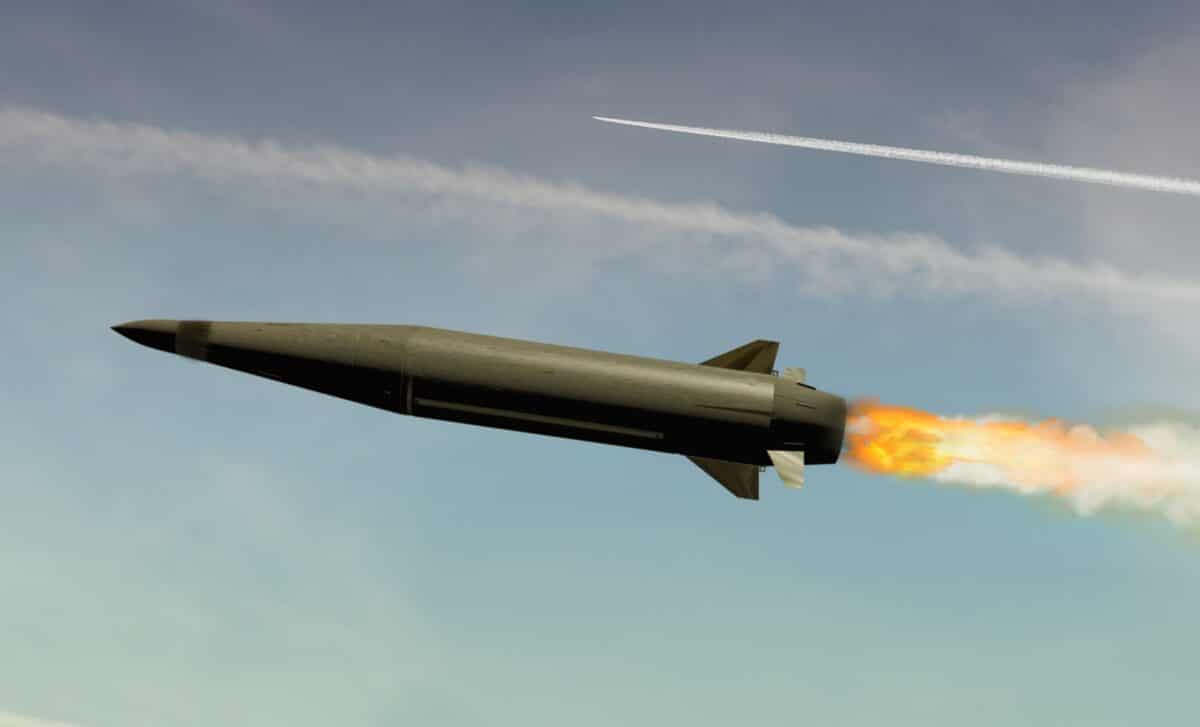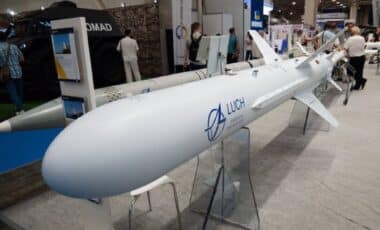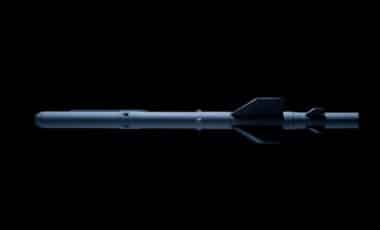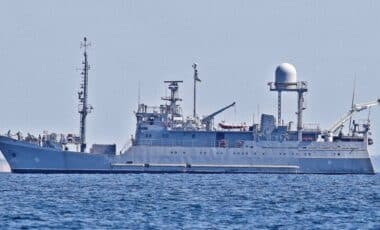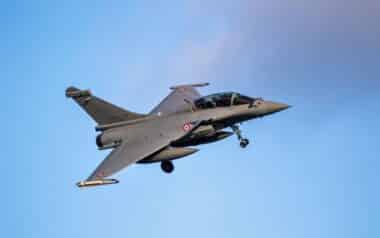In the context of the ongoing war in Ukraine, both sides are forced to innovate constantly, particularly when it comes to military technology. Russia has just announced the modernization of its Vikhr anti-tank guided missile, now supposedly adapted to neutralize Ukrainian drones. Some see this as a potential breakthrough, while others view it as nothing more than the recycling of aging Soviet equipment.
India’s Rafale Deal Comeback Faces Growing Doubts Behind Closed Doors
From Anti-tank To Anti-drone
The Vikhr missile was developed in the Soviet Union during the late 1980s and entered service in 1985. Designed to destroy armored vehicles, it is now being presented as a versatile weapon able to take down drones. The missile is offered with three different warheads: a combined charge, an impact fuze, and a proximity fuze capable of detonating within a 5-meter radius of its target.
Guidance is provided by a semi-active laser system, which requires the launching aircraft to remain fixed on the target — a method that also leaves the platform exposed to enemy fire. The missile can be fired from helicopters such as the Mi-28NM and Ka-52, with an effective range of under 10 kilometers.
Experts Question the Upgrade
While Moscow presents this adaptation as a technological leap, specialists remain skeptical. For many, this is not a genuine innovation: the Vikhr already had a degree of anti-air capacity when it was first designed. Repackaging it as an “anti-drone missile” looks more like opportunistic communication than a real development.
Analysts also highlight the operational limits of such a system. Ukrainian drones are deployed in large numbers, are agile, and often inexpensive — characteristics that make them difficult to counter with weapons originally designed against tanks.
Between Propaganda and Reality
This is not the first time Russia has publicized the modernization of Soviet-era technology. The country regularly promotes new “advances” — hypersonic missiles, stealth drones, or submarines — though these projects often suffer from delays, underfunding, or technical setbacks.
Ukraine, on the other hand, is focusing on more pragmatic solutions, such as the Magura naval drones or the use of 70 mm APKWS rockets, which can be launched from land or from aircraft without putting pilots at risk.
According to Alan Lushnikov, director of Kalashnikov Concern, the design phase of the new Vikhr variant is complete, but flight tests still need to be carried out. These trials will reveal whether this modernization represents a real tactical advantage or simply a psychological maneuver in the war of narratives between Moscow and Kyiv.

